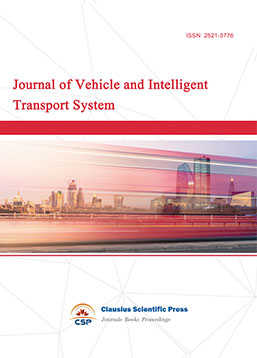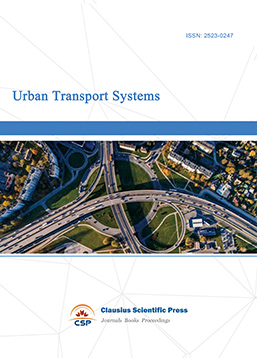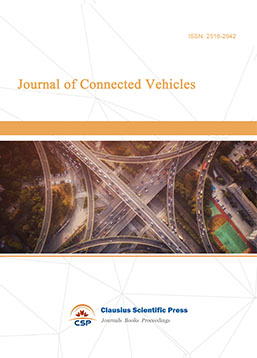Research on Development Requirements, Challenges, and Pathways for the Integrated Development of Urban Rail Transit, Bus, and Non-Motorized Transportation Networks
DOI: 10.23977/ftte.2025.050109 | Downloads: 0 | Views: 13
Author(s)
Zhong Guo 1, Yixiao Yin 1, Xiao Peng 1, Meng Hao 1, Chenxi Li 2
Affiliation(s)
1 China Academy of Transportation Sciences, Beijing, China
2 Operation Branch I of Beijing Subway Operation Co., Ltd., Beijing, China
Corresponding Author
Yixiao YinABSTRACT
Under the background of the rapid development of urban rail transit and shared bikes, the passenger flow of urban bus continues to decline. It is urgent to promote the integration of urban rail transit, bus and slow traffic systems to form an integrated public transportation system. Taking typical cities as examples, this paper analyzes three significant changing trends of urban traffic passenger flow characteristics and the demand characteristics of the integration of the three networks in China. Based on the travel demand characteristics of the integration of the three networks in China and combined with international experience, this paper proposes the development connotation focusing on the whole process of people's travel, and points out that there are problems such as insufficient overall planning and construction coordination and difficult integration of operation services in the "Integration of the three networks" in China. Finally, this paper proposes the development strategies and paths of the integration of the three networks are defined from five levels: planning, standards, mechanisms, facilities, networks and services.
KEYWORDS
Integration of the Three Networks, Demand Characteristics, Development Connotation, Integration PathCITE THIS PAPER
Zhong Guo, Yixiao Yin, Xiao Peng, Meng Hao, Chenxi Li, Research on Development Requirements, Challenges, and Pathways for the Integrated Development of Urban Rail Transit, Bus, and Non-Motorized Transportation Networks. Frontiers in Traffic and Transportation Engineering (2025) Vol. 5: 68-76. DOI: http://dx.doi.org/10.23977/ftte.2025.050109.
REFERENCES
[1] Wang, G. T., & Wang, T. (2020). Implement the Outline of Building a Transportation Power and promote the high-quality development of urban transportation. City Planning Review, 44(3), 31–42.
[2] Wang, G. T., Guo, J. F., Chen, X. H., et al. (2024). Towards 2035: China's urban transport development strategy. China Architecture & Building Press.
[3] Yue, L. Y., Zhu, Y., & Li, K. (2024). Commuting efficiency in dual dimensions of education and travel mode in Shanghai from the perspectives of average distance and spatial organization. Geographical Research, 43(2), 429–445. https://doi.org/10.11821/dlyj020230532
[4] Zhang, L., Zhang, J., Duan, Z., & Bryde, D. (2015). Sustainable bike-sharing systems: Characteristics and commonalities across cases in urban China. Journal of Cleaner Production, 97, 124–133. https://doi.org/10. 1016/j. jclepro.2014.04.006
[5] Jittrapirom, P., et al. (2017). Mobility as a Service: A Critical Review of Definitions, Assessments of Schemes, and Key Challenges. Urban Planning, 2(2).
| Downloads: | 765 |
|---|---|
| Visits: | 49616 |

 Download as PDF
Download as PDF


